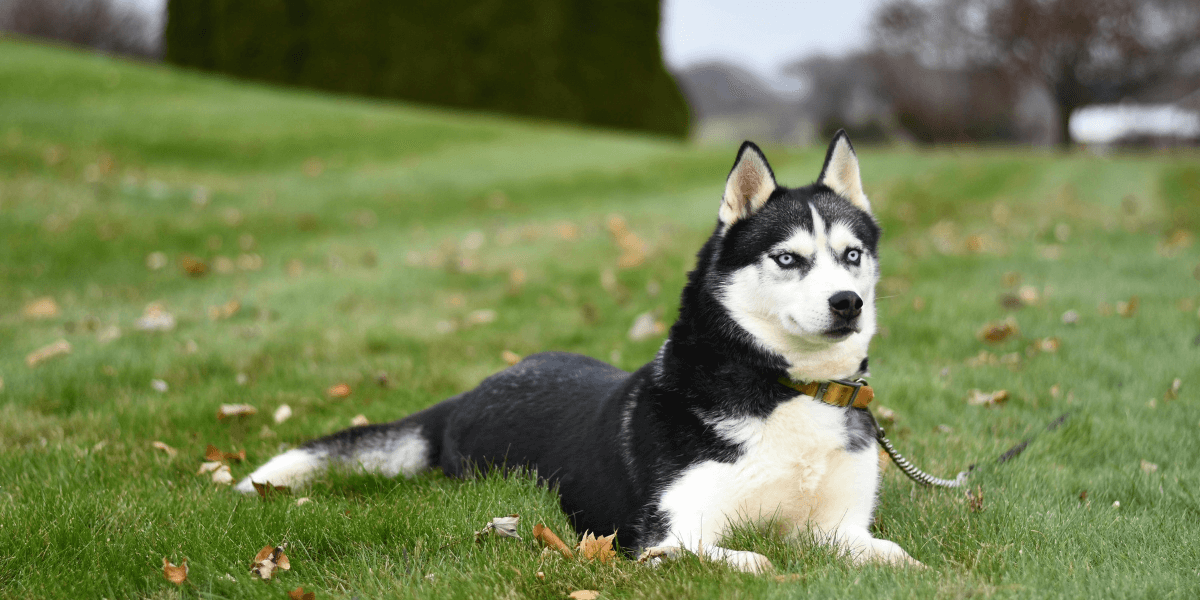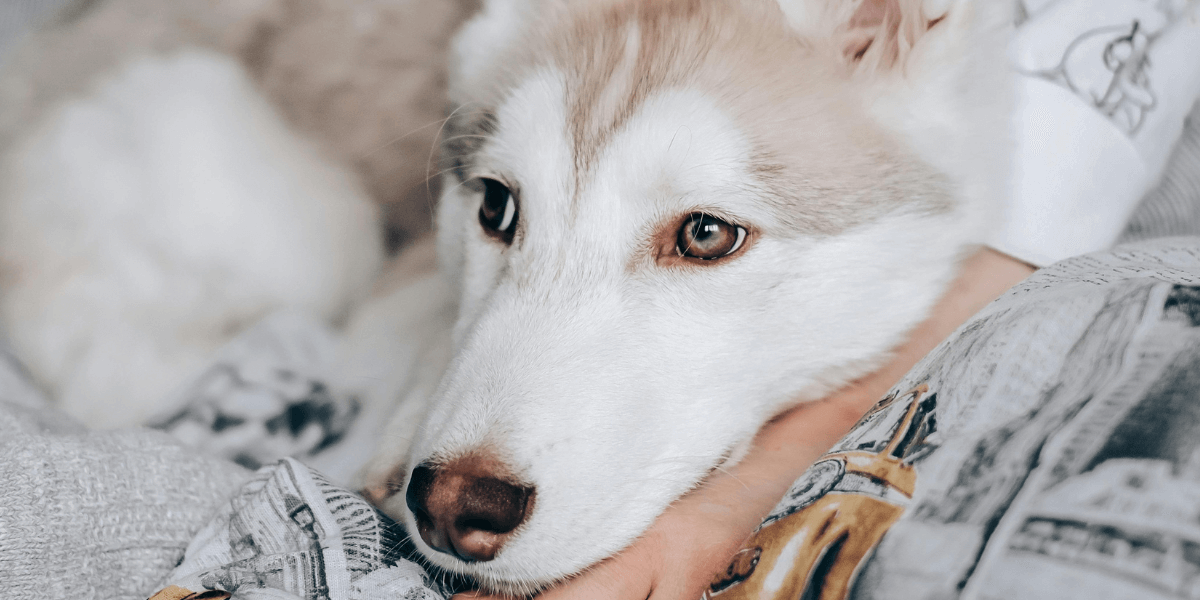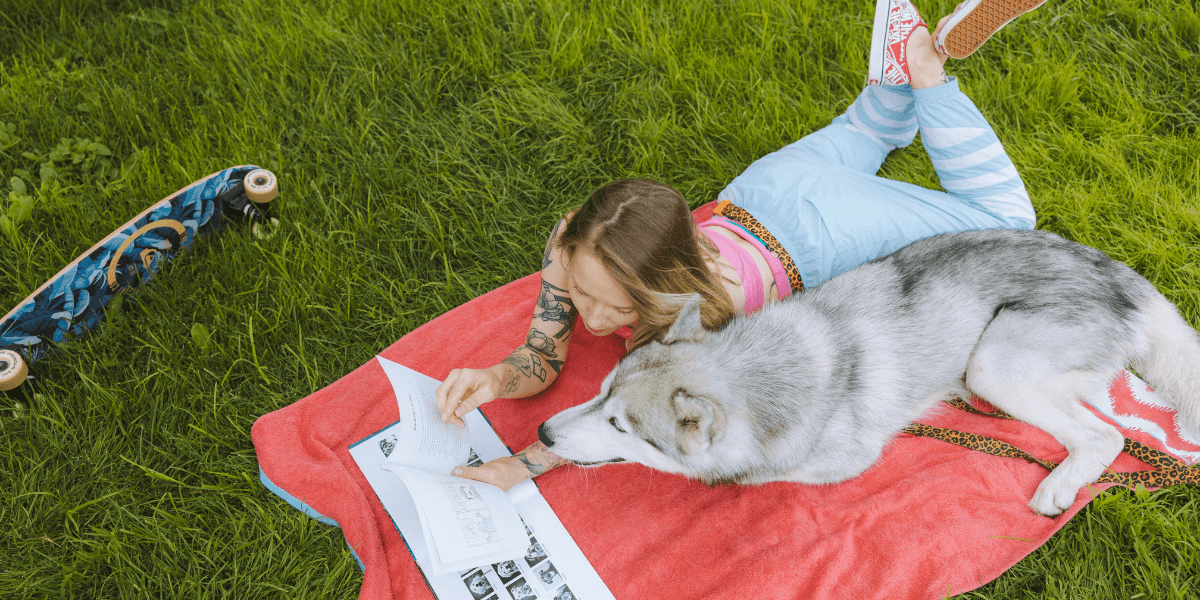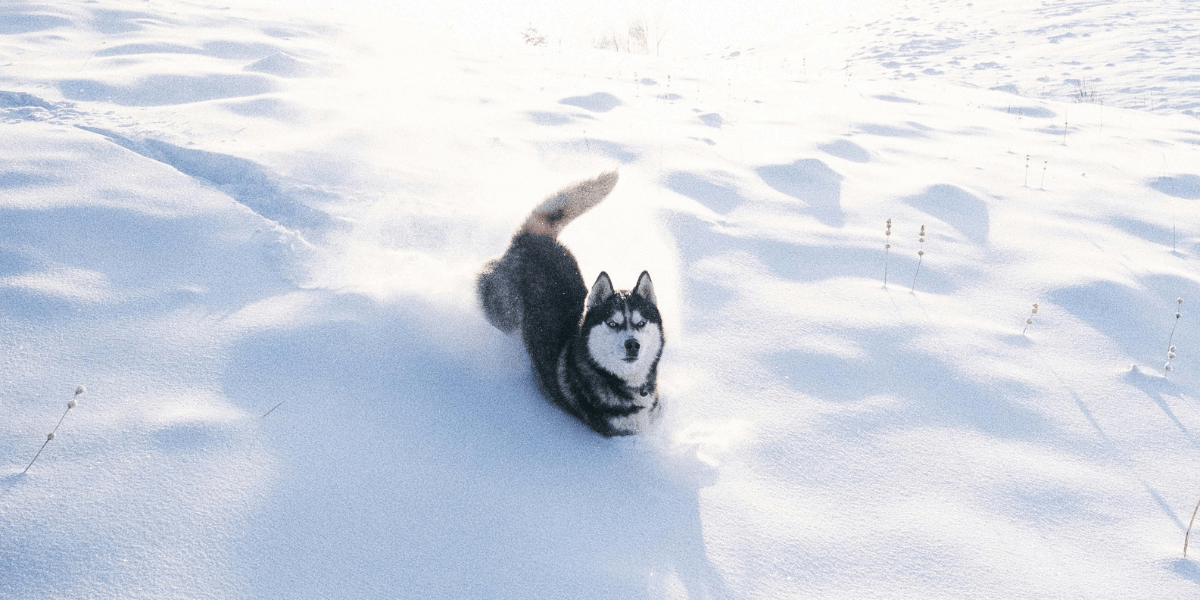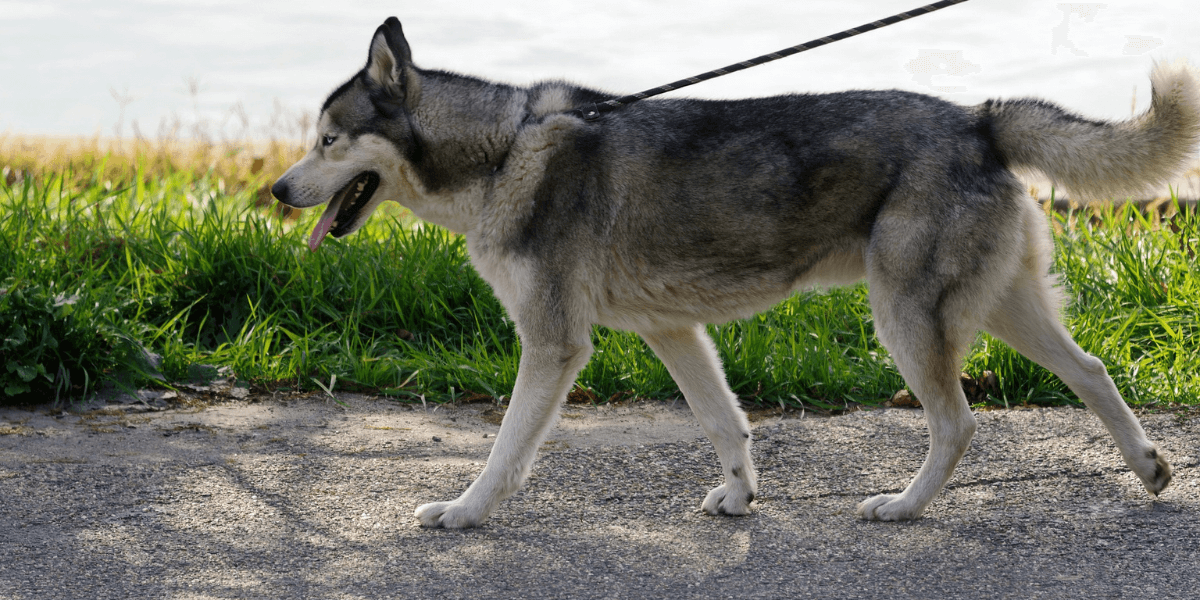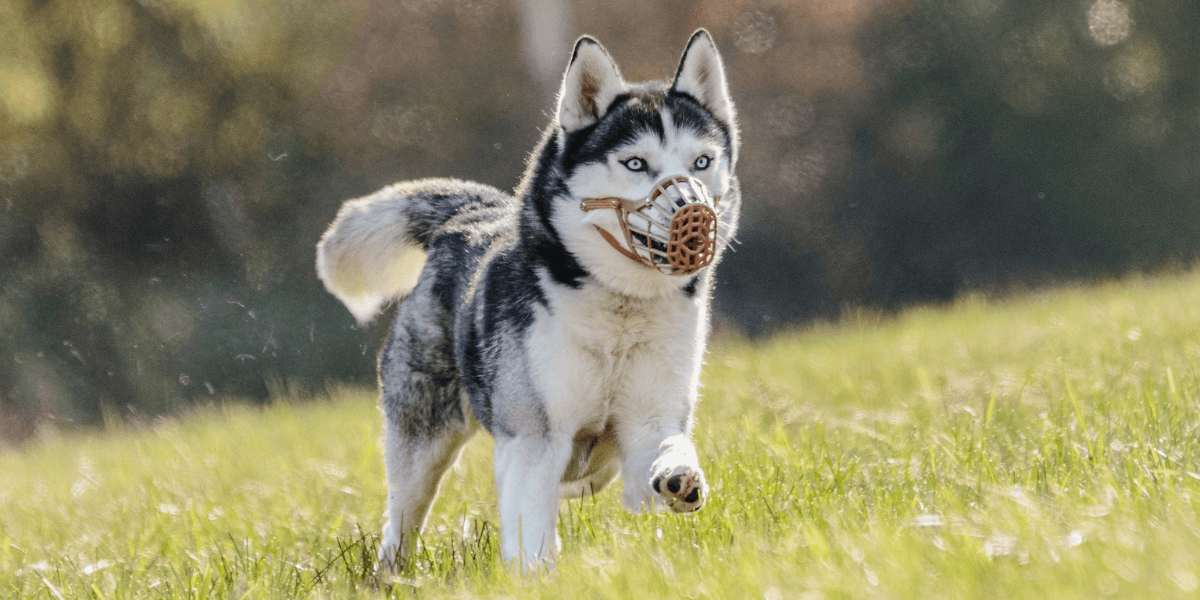Introduction
The Siberian Husky is a high-energy dog with significant exercise needs.
- They need daily physical activity to stay healthy, happy, and well-balanced
- Regular exercise helps prevent boredom and behavioral issues in Huskies
- Without enough activity, Huskies can become restless and develop destructive habits
- Exercise routines should include both physical and mental stimulation for balance
- Proper exercise keeps Huskies fit, content, and well-adjusted to their environment
1. Daily Exercise Requirements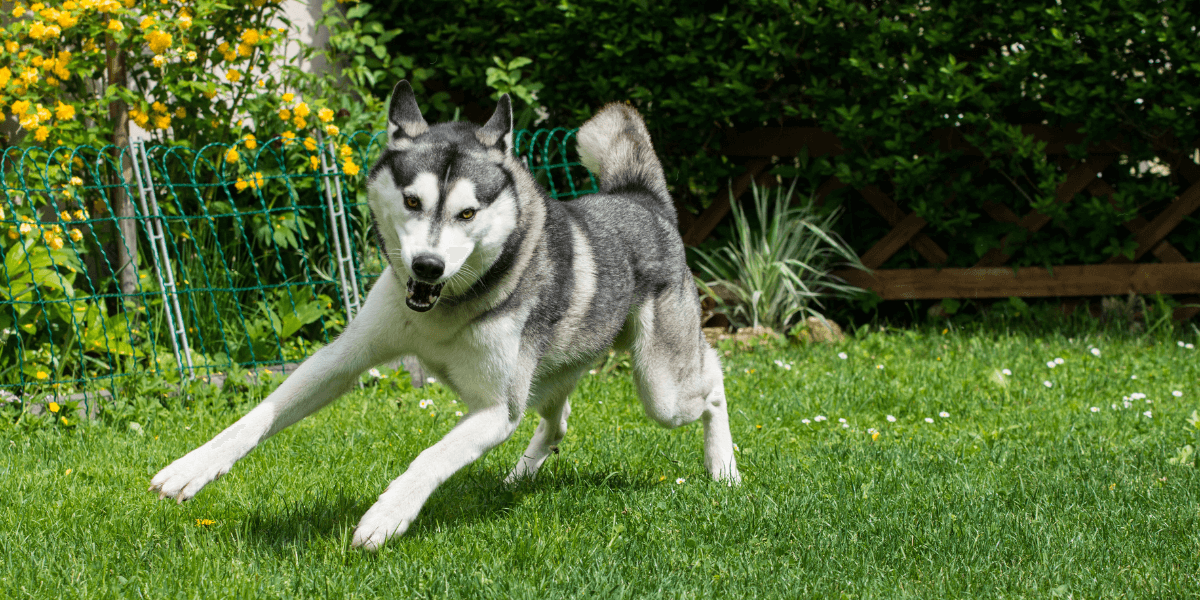
Siberian Husky needs at least 1-2 hours of exercise each day to stay fit and happy.
- Morning Walks: A morning walk helps start the day and burns off initial energy
- Evening Walks: Evening walks provide additional exercise and help them wind down
- Active Play: Include frequent play sessions to fulfill their high-energy requirements
- Running: Running in open spaces or parks helps expend excess energy
- Exercise Variety: Mix up routines to keep them engaged and prevent boredom
- Tracking Exercise: Monitor their activity to ensure they meet their daily exercise goals
2. Types of Exercise
Various exercises keep Huskies physically stimulated, enhancing their well-being.
- Walking: Regular walks offer essential daily exercise and mental stimulation
- Running: Long runs or jogs improve endurance and help burn off excess energy
- Hiking: Hiking trails provide physical challenges and mental engagement
- Playtime: Interactive games like fetch or tug-of-war are great for exercise
- Swimming: Swimming is a low-impact exercise that reduces stress on joints
- Training Exercises: Include training sessions to boost mental agility and obedience
3. Indoor Activities
Indoor activities are vital for days when outdoor exercise isn't feasible.
- Puzzle Toys: Engage their mind with puzzle toys that offer mental stimulation
- Tug-of-War: Play tug-of-war to provide physical exercise and strengthen bonds
- Interactive Games: Games like hide and seek are fun and mentally stimulating
- Training Sessions: Reinforce commands and tricks with indoor training
- Fetch: Use indoor space to play fetch and keep them active
- Obstacle Courses: Set up courses to challenge their agility and coordination
4. Social Exercise
Social exercise boosts Huskies' social skills and provides enjoyable interactions.
- Dog Parks: Visiting dog parks allows for socialization and physical play with other dogs
- Playdates: Arrange playdates to offer additional interaction and socialization
- Group Classes: Group training classes enhance socialization and provide exercise
- Dog Sports: Use agility and other sports to keep them physically and mentally active
- Hiking Groups: Join hiking groups to explore new trails and meet other dog owners
- Social Walks: Walking with other dogs or people enhances their social experience
Enhance your Siberian Husky's social skills with effective training methods; explore our Great Dane Training guide for valuable insights.
5. Seasonal Considerations
Adjust exercise routines based on the weather to ensure safety for your Husky.
- Summer Heat: Limit exercise to early mornings or late evenings to avoid heat
- Winter Cold: Shorten walks and increase indoor activities in cold weather
- Rainy Days: Use indoor activities to keep them engaged on rainy days
- Snow Play: Snow can be fun, but ensure they stay warm and dry
- Heatstroke Prevention: Watch for signs of overheating and provide ample water
- Seasonal Gear: Use appropriate gear like coats or cooling vests to ensure comfort
6. Exercise and Mental Stimulation
Combining physical exercise with mental stimulation keeps Huskies happy and engaged.
- Training Games: Challenge their minds with training games that improve skills
- Nose Work: Engage their sense of smell with scent-based games for mental stimulation
- Problem-Solving Toys: Use toys that challenge their minds and boost problem-solving
- Interactive Fetch: Add challenges to fetch games to increase mental engagement
- Enrichment Activities: Offer a variety of enrichment activities to keep them interested
- Mental Challenges: Provide tasks that require thinking to keep them sharp
Boost your Siberian Husky's mental sharpness with proper nutrition; consult our guide on the Healthiest Diet for German Shepherds for expert advice.
7. Monitoring and Adjusting Exercise
Regularly monitor and adjust exercise routines to meet your Husky’s changing needs.
- Energy Levels: Adjust exercise based on their current energy levels and health
- Age and Health: Tailor exercise routines to fit their age and any health conditions
- Behavior Changes: Observe behavioral changes to determine if exercise needs adjustment
- Weight Management: Modify exercise to maintain a healthy weight and prevent obesity
- Feedback: Pay attention to their feedback during and after exercise for insights
- Consult Veterinarian: Consult your vet for custom exercise and health advice
Ensure your Siberian Husky's exercise routine adapts to their health needs; learn from our insights on Common Bernese Mountain Dog Health Issues.
FAQs
-
How much exercise does a Siberian Husky need daily?
- They need at least 1-2 hours of exercise each day to stay healthy and happy
-
Can Siberian Huskies exercise in hot weather?
- Exercise in hot weather should be limited to early mornings or late evenings
-
What are some indoor exercises for Huskies?
- Indoor activities include puzzle toys, tug-of-war, and interactive games
-
How can I keep my Husky engaged during winter?
- Shorten outdoor sessions and use indoor activities to keep them active
-
Are dog parks good for Huskies?
- Yes, dog parks offer social interaction and physical exercise
-
How do I know if my Husky is getting enough exercise?
- Monitor their behavior and energy levels to ensure they are well-exercised
-
What should I do if my Husky refuses to exercise?
- Consult a vet to rule out health issues and consider varying the exercise routine
Conclusion
- Siberian Huskies need regular exercise to remain fit, healthy, and happy
- Include both physical and mental activities to keep them engaged and avoid boredom
- Adjust exercise routines based on seasonal weather conditions and individual needs
- Use social and indoor activities to ensure they receive sufficient stimulation
- Regularly adjust exercise routines to ensure their well-being and prevent health issues
- Share this blog to help provide consistent and varied exercise!
References
For more info on the Siberian Husky Exercise, check out these resources:

